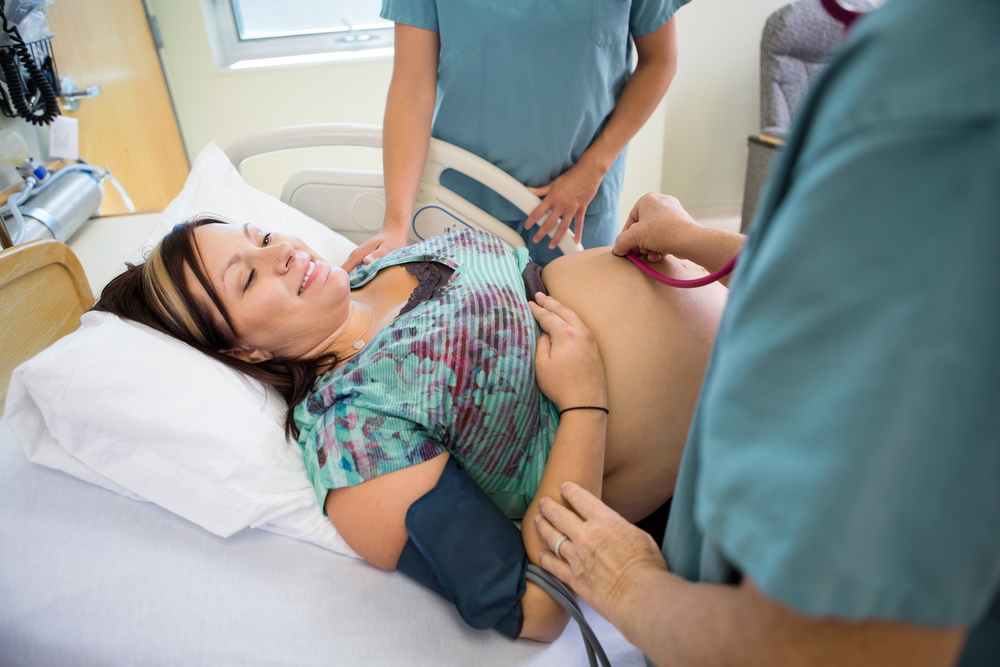It’s a big word, episiotomy. What does it mean exactly? It’s pretty much a surgical cut to widen your vagina to assist birthing your child.
That’s right, they have to cut your lady parts to get your baby out. I can practically hear women wincing as they read this.

Some women may have an episiotomy to prevent tearing. The midwives or obstetricians will always let you know they are about to do it, and they will administer local anesthetic before making the incision.
Will I feel the episiotomy?
Will you feel it? Most women are in so much pain already they don’t notice, however the local anesthetic should prevent you feeling the cut. If you’ve had an epidural, they will usually top up the dosage beforehand.
How does an episiotomy work?
The cut is usually made in the woman’s perineum (between the vagina and anus) down and out to one side. After you’ve given birth you will then me stitched up using dissolvable stitches.
Episiotomy recovery
So what is the recovery like? The stitches will take at least a month to dissolve and you shouldn’t need to have them removed by a doctor.
You will however feel pain from the cut from anywhere between two to four weeks after giving birth, specially when walking or sitting as this can put pressure on the area.
“The most important thing is to keep the area clean and try not to strain at all. I took some Coloxyl tablets (over the counter stool softeners) and no heavy lifting to keep it ‘strain-free’ down there. Takes a while but it will heal,” says Baby Hints and Tips reader Linda.
It’s also pretty common to feel a sting when urinating. It’s incredibly important to keep the stitches and wound clean to prevent infection. Most women prefer to use wet wipes to clean the area.
Doctors recommend washing the area daily and drying it to avoid any bacterial growth and infections.
“I used Detol for my tear. I used that just before getting out if the shower. It helped me to heal quicker cos I wasn’t healing as quick as I was told I should,” says Baby Hints and Tips reader Jenna.
When you think about it, it’s hard to imagine something the size of a watermelon coming out of a hole the size of a large lemon so it’s no wonder these types of procedures exist. In the end it’s a part of childbirth we never thought we’d have to think about but as long as baby comes out healthy, it’s not something that should worry you too much.
If you have any concerns about how you are healing after an episiotomy, you should always see a medical professional.
Check out some advice on recovery from episiotomy from our readers here.









